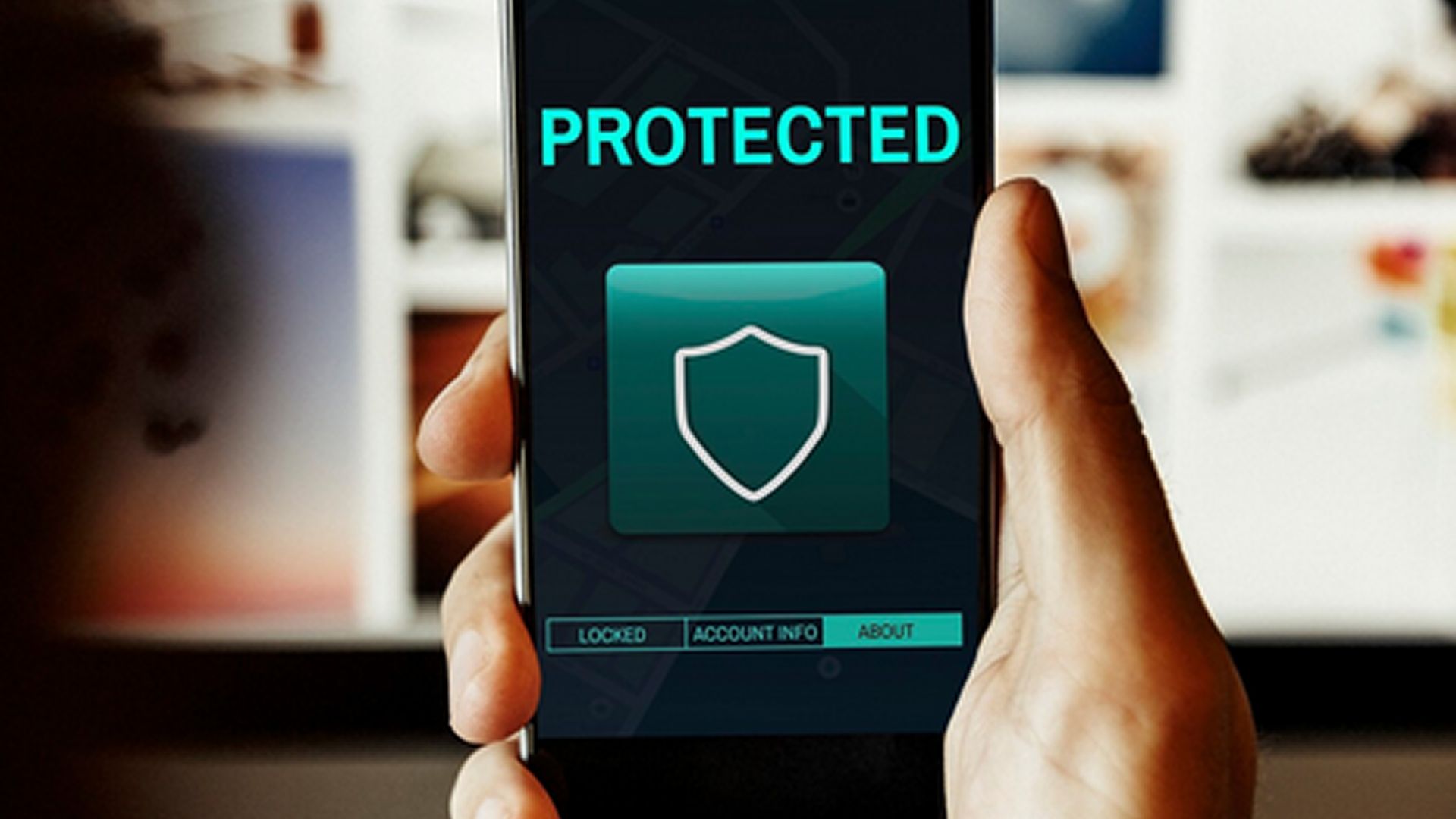
Mobile App Security- Best Practices for Protecting Your App
Mobile app security plays a pivotal role in the long-term success of a product. Both businesses and everyday users need a secure environment to ensure safety and privacy. This is why software developers and companies must prioritize security.
The importance of mobile app security has grown as mobile apps are now integrated into virtually every sector, including finance, banking, personal data storage, and transfer.
In this article, we'll outline the best mobile app security practices that developers should follow to reduce the risks associated with data protection. You can use this guide as a checklist during the app development process.
1. Prioritize Security from the Start
Security should be a primary consideration during the early stages of app development, alongside usability. Creating a security checklist at the beginning can help minimize future costs and security issues.
A key strategy is to implement a software development life cycle (SDLC). This approach breaks down the development process into separate stages, each involving security audits. Early detection of vulnerabilities can prevent major issues down the road.
2. Secure Data Storage
Data can be lost or exposed for a variety of reasons, such as user negligence. For example, users may sell their phones without deleting their personal information, leaving it accessible to new owners.
To mitigate these risks, important data should not only be password-protected but also stored securely. While remote servers offer high-level security, local storage can also be considered if additional protection, such as passwords or biometric authentication, is applied.
3. Protect Data from Interception
Mobile apps often operate on a client-server model, sending and receiving large volumes of data. Without proper protection, cybercriminals can intercept sensitive information during these exchanges.
Using an SSL certificate (via HTTPS protocol) is essential. Ideally, additional security measures should be applied to further safeguard the data from being compromised.
4. Implement Strong User Authentication
Weak user authentication is one of the main causes of serious security breaches in mobile apps. Strengthening password requirements—such as requiring combinations of letters and numbers—can help, but a more robust solution is multifactor authentication (MFA) or two-factor authentication (2FA).
These authentication technologies are especially critical for apps involving financial transactions, such as banking or payment apps.
5. Be Cautious with Third-Party Libraries
Open-source components are often used in app development, but developers must be diligent in testing these libraries and researching their security. Failing to do so can introduce vulnerabilities into your app.
When using third-party open-source components, it is crucial to conduct proper testing and security checks to maintain the overall integrity of the app.
6. Encrypt All Data
Data encryption ensures that even if sensitive information is intercepted, attackers cannot read or use it. Both the app and the server should be unable to decrypt users’ personal data without explicit consent or necessity.
By encrypting all data, you provide users with the confidence that their personal information is secure and only accessible to them.
7. Follow the Principle of Least Privilege
The principle of least privilege dictates that each process should have only the minimum permissions necessary to perform its function. For example, an app component should only request permissions that are absolutely essential to its operation. Avoid asking for unnecessary permissions, such as access to a user's contacts if it's not needed.
8. Implement Background Protection
When an app is minimized and goes into the background, it should prompt the user for a security code or password. This feature is essential if the app contains sensitive information, as it prevents unauthorized access if the device is lost or stolen while the app is still running in the background.
9. Take Preventive Measures Against Suspicious Activity
Notify users of suspicious activity, such as attempts to access their data from unusual locations. Developers can block certain actions if they exceed the app's intended use or pose a security risk. Additionally, requiring device authorization to launch certain app features can act as an extra layer of protection.
10. Regularly Test and Verify Security
There are various security testing tools available that can automatically scan your code for vulnerabilities. While these tools offer speed and efficiency, combining both automated and manual testing is the best approach to ensure comprehensive security.
Regular testing helps developers quickly identify and address security issues, reducing risks and protecting both the app's users and the company's reputation.
Conclusion
When developing a mobile app, it’s crucial to recognize the value of the data being processed and take the necessary steps to protect it. The more sensitive the data, the higher the level of security required.
Introducing security measures to an existing app can be time-consuming and complex, so it's essential to prioritize security from the outset. By following the best practices outlined in this article, developers can ensure that their mobile apps are secure, reliable, and trusted by users.
